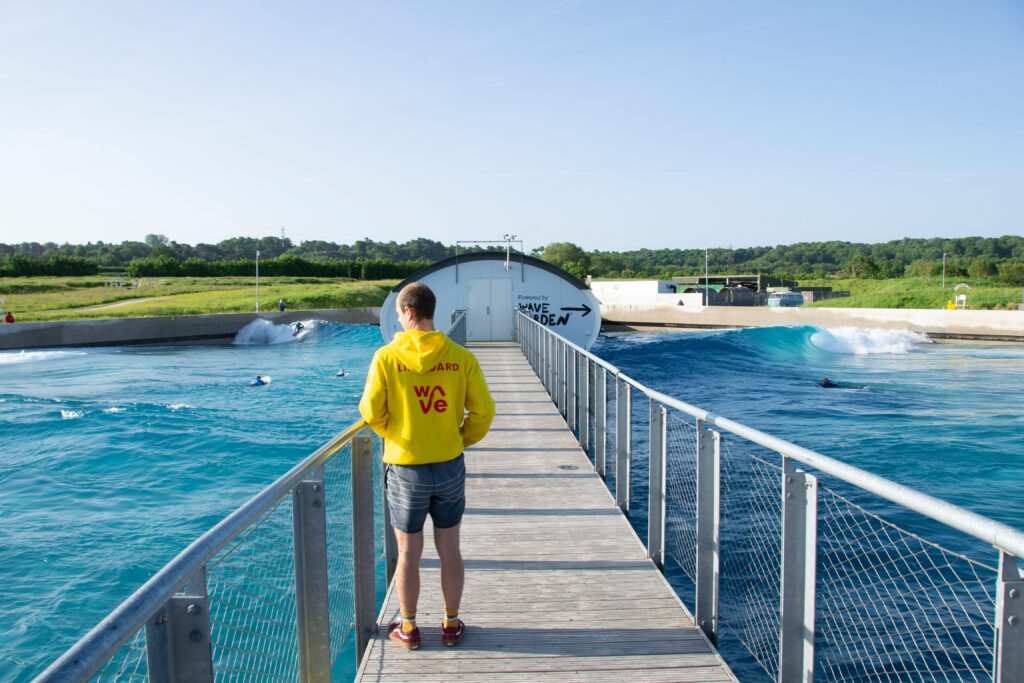
Water Safety Rules Guide for Toronto and Scarborough
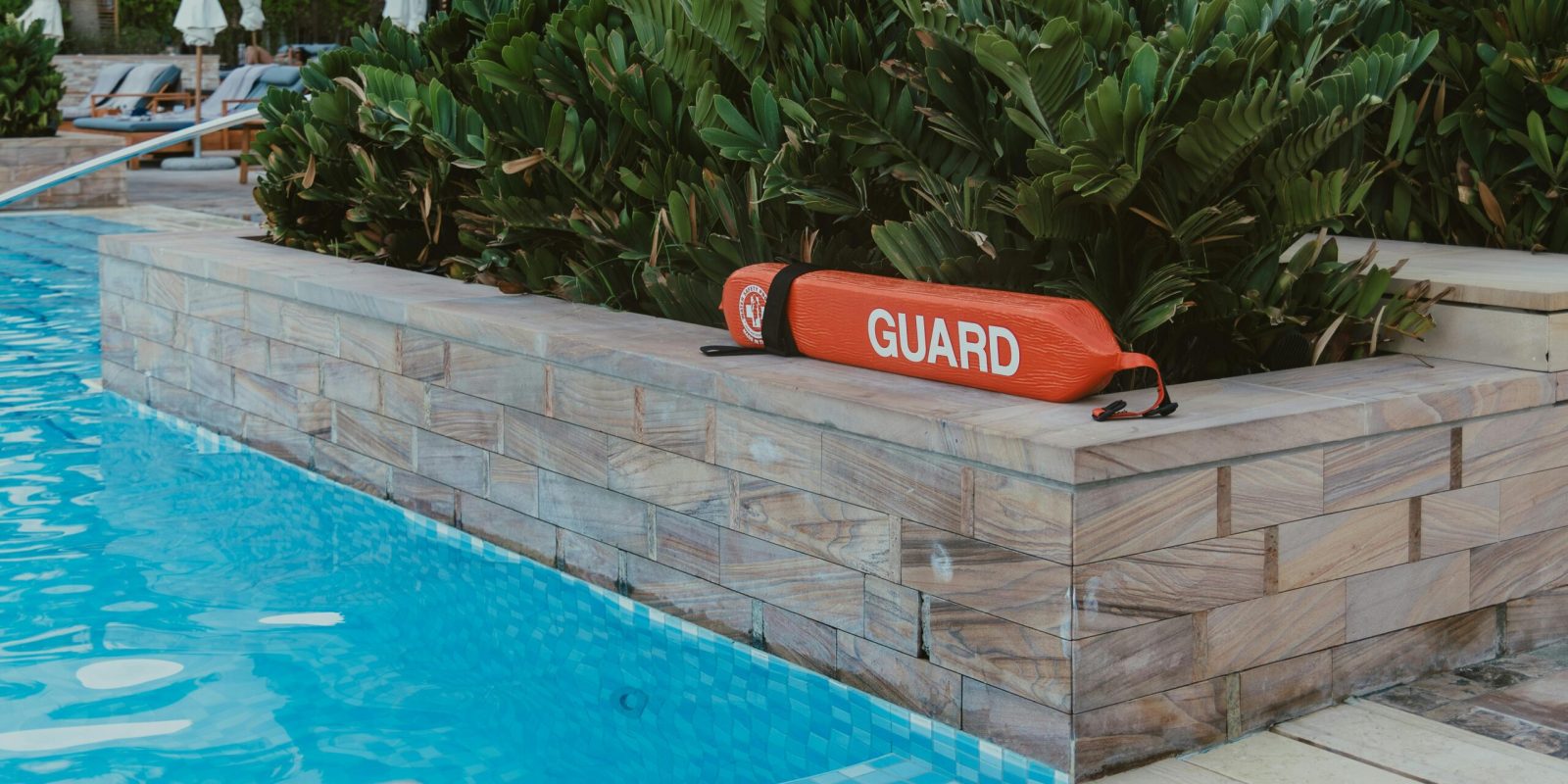
Water safety is crucial for everyone in Toronto and Scarborough, whether you’re swimming in a pool, lake, or even venturing to the ocean on trips. Drowning remains one of the leading causes of accidental death worldwide, but many of these tragic incidents can be prevented. This guide will outline essential water safety rules to help keep you, your family, and your friends safe while enjoying aquatic activities.
These rules are relevant across different settings, including public swimming pools, the lakes surrounding our beautiful city, and even private backyard pools. They are particularly important for children but apply to all age groups.
- Never Swim Alone
In Toronto, we have an abundance of swimming opportunities, from the lakes to neighborhood pools. Regardless of where you swim, never swim alone. Even strong swimmers can become tired, develop cramps, or face unexpected dangers. Having a buddy means there’s always someone nearby who can help in emergencies. If you’re swimming in Lake Ontario, this rule is even more crucial because lake conditions can change rapidly.
Why It Matters: Accidents can happen without warning. Having a swim buddy ensures someone is there to assist or call for help if an emergency arises.
- Learn to Swim
Whether you live in downtown Toronto or Scarborough, you have access to swimming lessons. Learning to swim is a life-saving skill. Adults and children alike should know how to float, tread water, and swim basic strokes. Several local facilities, such as the Toronto Pan Am Sports Centre, offer swimming lessons for all age groups.
Why It Matters: Knowing how to swim improves confidence and survival chances during an emergency. Plus, swimming is a great way to stay fit!
- Supervise Children at All Times
Water fun in Scarborough’s beautiful Bluffer’s Park is a great family activity, but when children are near water, supervision is critical. Children can drown in seconds, and it often happens silently. Make sure an adult is always within arm’s reach of young children in or around the water. Even if they know how to swim, supervision is essential.
Why It Matters: Drowning is the second leading cause of accidental injury death among children in Canada. Close supervision can help prevent these heartbreaking incidents.
- Avoid Alcohol and Drugs Around Water
Whether you’re relaxing by Lake Ontario or enjoying a day at a public pool, stay sober. Alcohol and drugs impair judgment, coordination, and reaction times, significantly increasing the risk of drowning or other water-related accidents.
Why It Matters: Alcohol and water-related accidents are far too common. Staying sober helps ensure you’re making safe decisions and able to act quickly if something goes wrong.
- Check Weather Conditions
Before heading out to one of Toronto’s beaches or pools, always check the weather forecast. Sudden storms or strong winds can make swimming dangerous. If you hear thunder or see lightning while swimming outdoors, get out of the water immediately.
Why It Matters: Sudden weather changes can quickly turn a fun swim into a hazardous situation. Being aware of weather conditions helps keep you safe.

- Wear a Life Jacket
If you’re boating on Lake Ontario or engaging in water sports, make sure everyone wears a life jacket. Even experienced swimmers can find themselves in situations where swimming becomes difficult. A life jacket provides extra buoyancy and could save your life if you’re injured or fatigued.
Why It Matters: Life jackets save lives. In Canada, many drowning incidents occur because people aren’t wearing life jackets during water-based activities like boating or fishing.
- Follow Pool Rules
Public pools in Toronto and Scarborough, like those in the City of Toronto Aquatic Centres, have posted rules for a reason. These rules often prohibit running, diving into shallow areas, and horseplay. Lifeguards are on duty to enforce these rules and ensure everyone’s safety.
Why It Matters: Following pool rules prevents accidents and injuries. Lifeguards are trained professionals, and following their guidance helps keep the pool environment safe for all.
- Learn CPR
Knowing CPR (Cardiopulmonary Resuscitation) can save a life in the event of a drowning. In the time it takes for emergency responders to arrive, administering CPR can keep oxygen flowing to the brain, reducing the risk of long-term damage or death. Many organizations in Toronto, such as St. John Ambulance and the Red Cross, offer CPR training.
Why It Matters: CPR can make the difference between life and death during a water emergency. Prompt action can significantly improve the chances of survival.
- Stay Within Designated Swimming Areas
At Toronto’s beaches, especially Woodbine Beach and Kew-Balmy Beach, it’s essential to stay within the designated swimming zones. These areas are monitored for safety, and lifeguards are present during posted hours. Venturing outside of these zones can put you at risk of currents, boat traffic, and other hazards.
Why It Matters: Staying in marked areas helps lifeguards monitor swimmers and quickly assist if needed. Venturing outside these zones increases the risk of accidents.
- Be Cautious of Rip Currents
Although the waters of Lake Ontario may seem calm, rip currents can develop, particularly in large bodies of water. If you get caught in a rip current, remain calm and swim parallel to the shore until you’re out of the current’s grip. Then, swim back to safety.
Why It Matters: Rip currents are powerful and can pull swimmers away from shore. Knowing how to respond can prevent panic and exhaustion, both of which can be deadly.
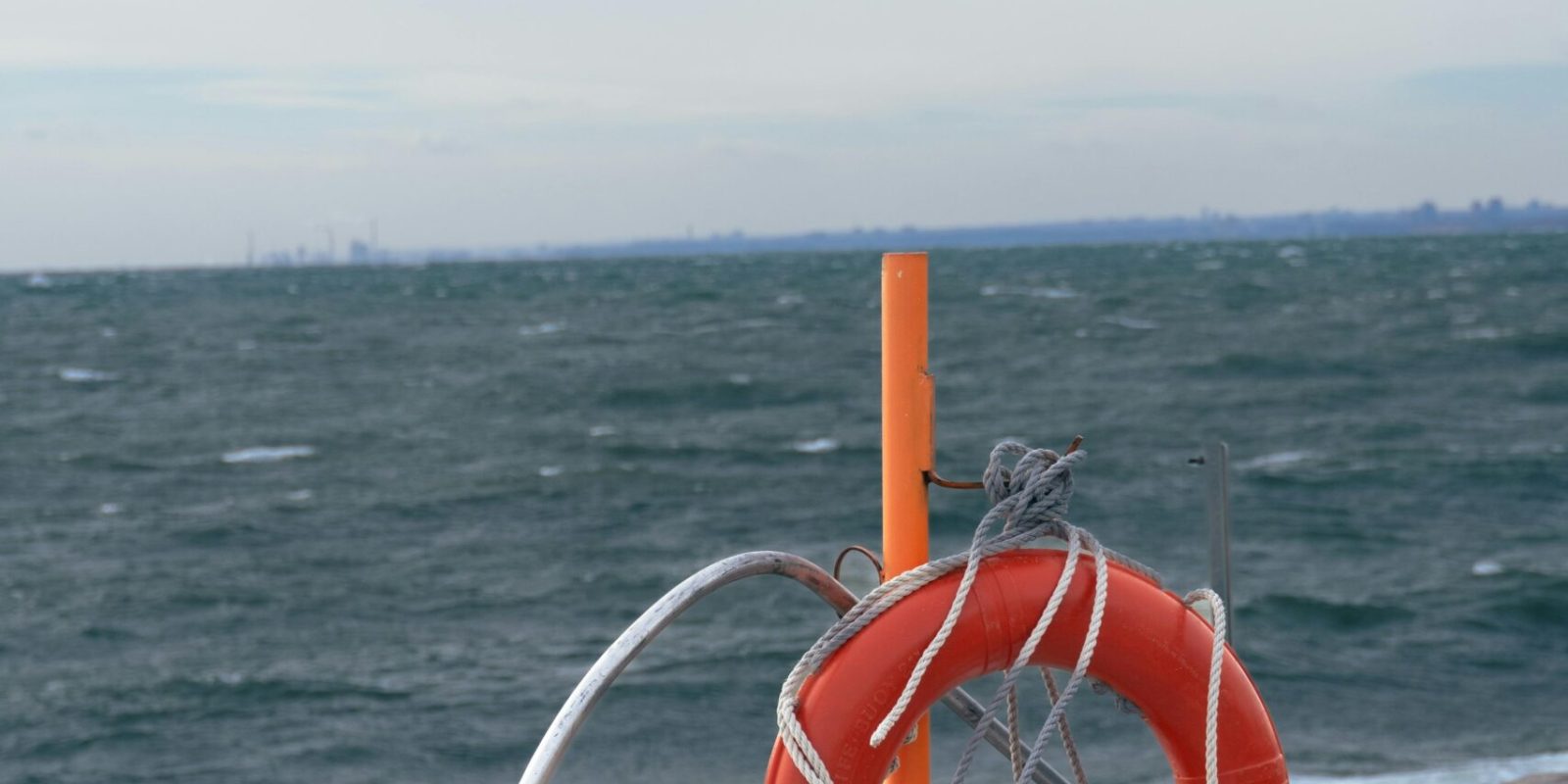
- Limit Sun Exposure
Summers in Toronto can be hot, and spending time in the sun without protection can lead to sunburn or heat exhaustion. Apply sunscreen, wear a hat, and drink plenty of water to stay hydrated. The effects of dehydration and sunburn can reduce your ability to swim effectively and stay alert.
Why It Matters: Protecting yourself from sunburn and dehydration keeps you safe and alert, reducing the risk of accidents in or around the water.
- Avoid Diving in Shallow Water
Diving headfirst into shallow water, whether at a pool or in Lake Ontario, is extremely dangerous. Always check the depth before diving and adhere to any “no diving” signs. Diving into shallow water can cause severe spinal injuries or even death.
Why It Matters: Head and neck injuries from shallow dives are preventable. By being cautious and mindful of water depth, you can avoid tragic accidents.
- Use the Buddy System in Natural Bodies of Water
When swimming in lakes or rivers, the buddy system is essential. Lake Ontario, for instance, can have sharp rocks, strong currents, or sudden drop-offs that may not be visible from the shore. Having someone with you increases your safety in case of an accident or injury.
Why It Matters: Natural water bodies have hidden risks. A swimming buddy can help spot dangers and provide immediate assistance if necessary.
- Stay Hydrated
Swimming is physically demanding, especially on hot days. Drink plenty of water, and avoid consuming large amounts of caffeine or alcohol, as these can increase dehydration. If you start feeling tired or dizzy, take a break from swimming.
Why It Matters: Hydration is key to maintaining strength and focus while swimming. Dehydration can lead to cramps, dizziness, or heat exhaustion, all of which can increase the risk of accidents.
- Teach Children About Water Safety Early
Water safety education should start at an early age. Teaching children about the importance of water safety rules will help them develop a healthy respect for water. Make sure they understand to always ask for permission before swimming, not to run around pools, and the importance of wearing life jackets when necessary.
Why It Matters: Early water safety education reduces the likelihood of children being involved in water-related accidents. They learn how to stay safe and act responsibly around water.
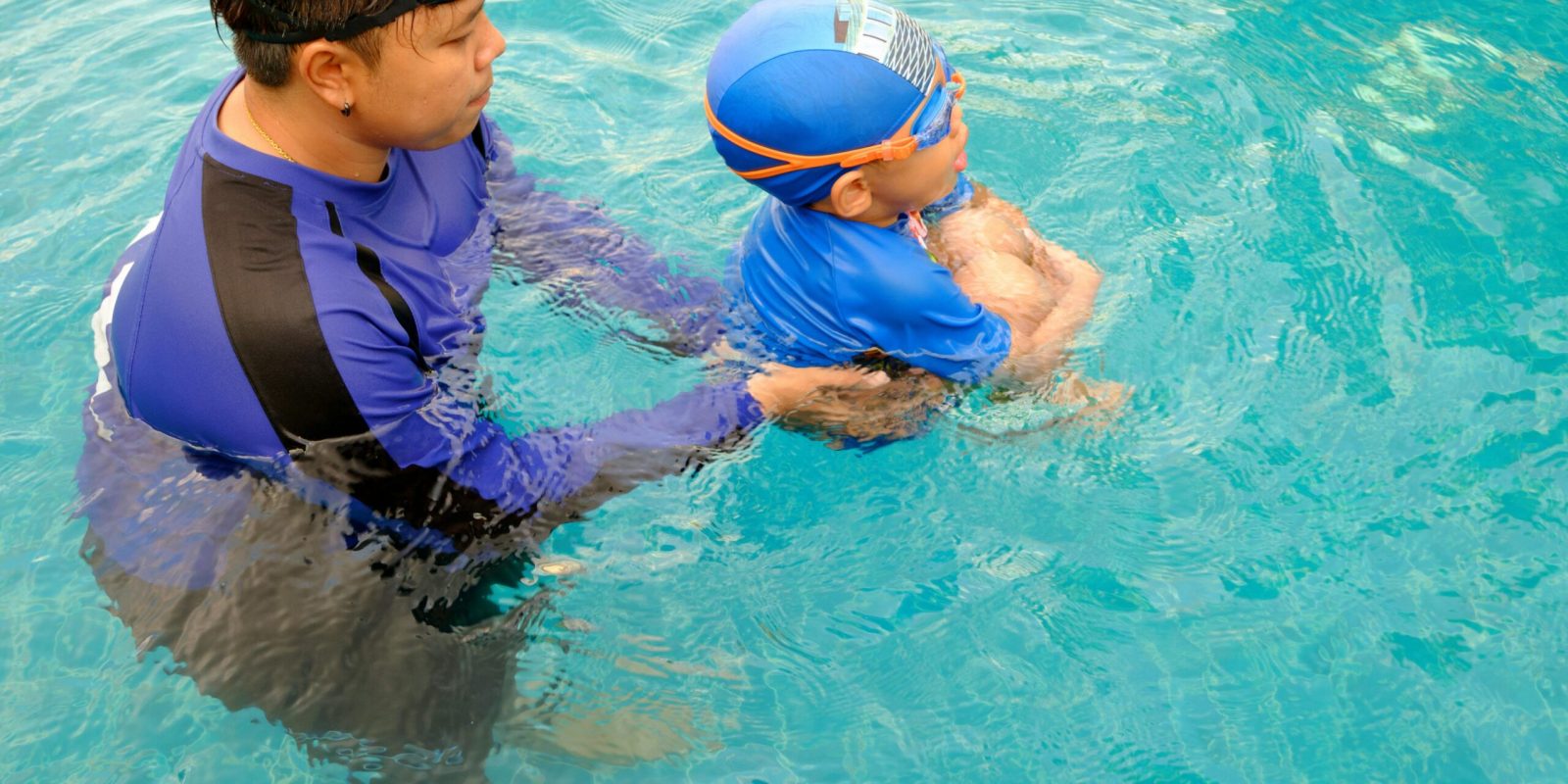
- Recognize the Signs of Drowning
Drowning doesn’t always look like a dramatic struggle. A person drowning may not be able to call for help or wave their arms. Learn to recognize the signs: head low in the water, mouth at water level, or appearing to be gasping for air. Being aware can help you act fast.
Why It Matters: Early detection of drowning symptoms can save a life. Quick response and action are critical.
- Don’t Rely Solely on Lifeguards
Lifeguards are essential for water safety, but they can’t watch everyone all the time. Remain vigilant, even when lifeguards are on duty, especially if you are responsible for young children or weaker swimmers.
Why It Matters: Lifeguards are trained to help, but your awareness and preparedness are also crucial to preventing accidents.
- Check Pool Drains and Safety Features
Before using any pool, make sure the drains are covered and functioning properly. Entrapment in pool drains can lead to drowning, especially for children. Many pools in Toronto are equipped with anti-entrapment devices, but it’s always worth checking before entering the water.
Why It Matters: Pool drain entrapment is preventable. Checking the drains and safety features ensures an additional layer of protection.
- Know Your Limits
Even experienced swimmers need to know their limits. If you’re feeling tired, dizzy, or unwell, it’s okay to take a break. Pushing yourself too hard increases the risk of cramps, overexertion, and accidents.
Why It Matters: Swimming beyond your limits can make you vulnerable to accidents. Listen to your body and take breaks when needed.
- Have a First Aid Kit Nearby
Whether you’re at the beach, pool, or even at home, always have a first aid kit nearby. Minor injuries like scrapes or cuts are common around water, and having the supplies to treat them right away is important. In more remote locations like some of Scarborough’s parks, this becomes even more essential.
Why It Matters: Quick access to a first aid kit can prevent minor injuries from escalating. It’s a simple yet effective way to enhance safety.
Water safety is a shared responsibility. Whether you’re swimming in a pool or the waters of Lake Ontario, following these essential safety tips helps ensure a fun and accident-free experience. Taking precautions like learning CPR, staying hydrated, and being vigilant around children can make a significant difference in keeping yourself and others safe.
If you’re looking for more details or advice, our experienced swim instructors in Toronto, Canada, are ready to provide valuable insights. Best of all, Joining us is completely free!



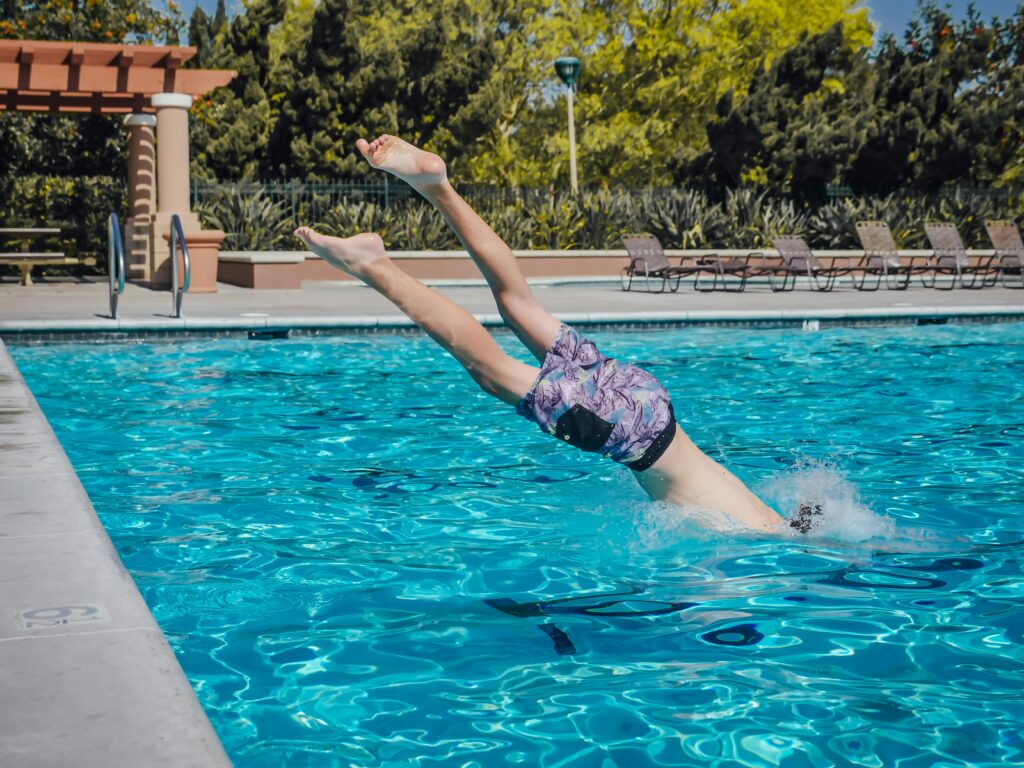
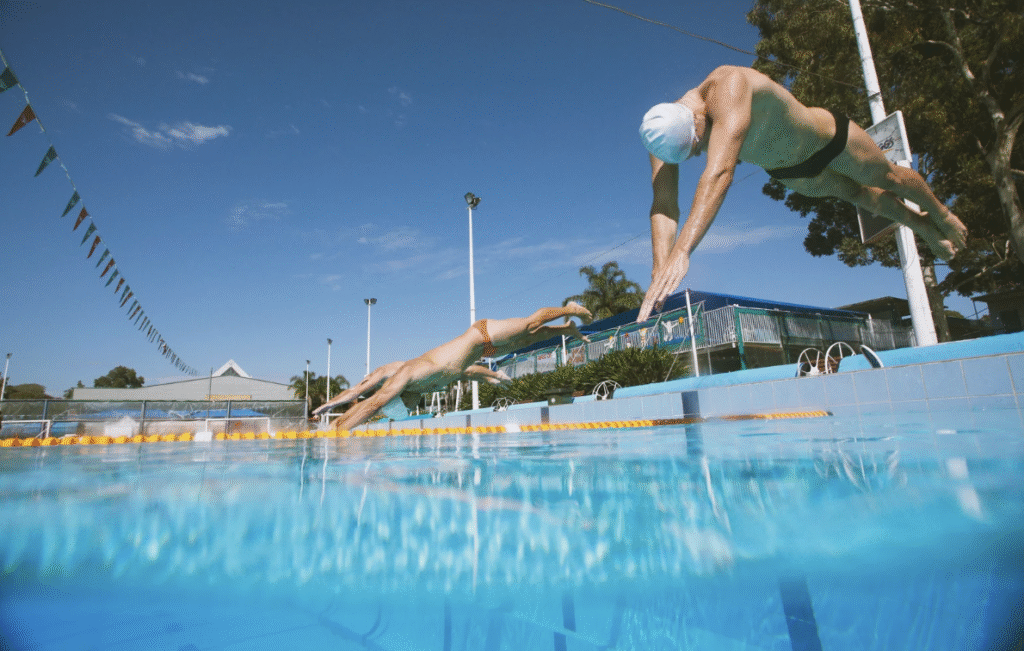

Responses